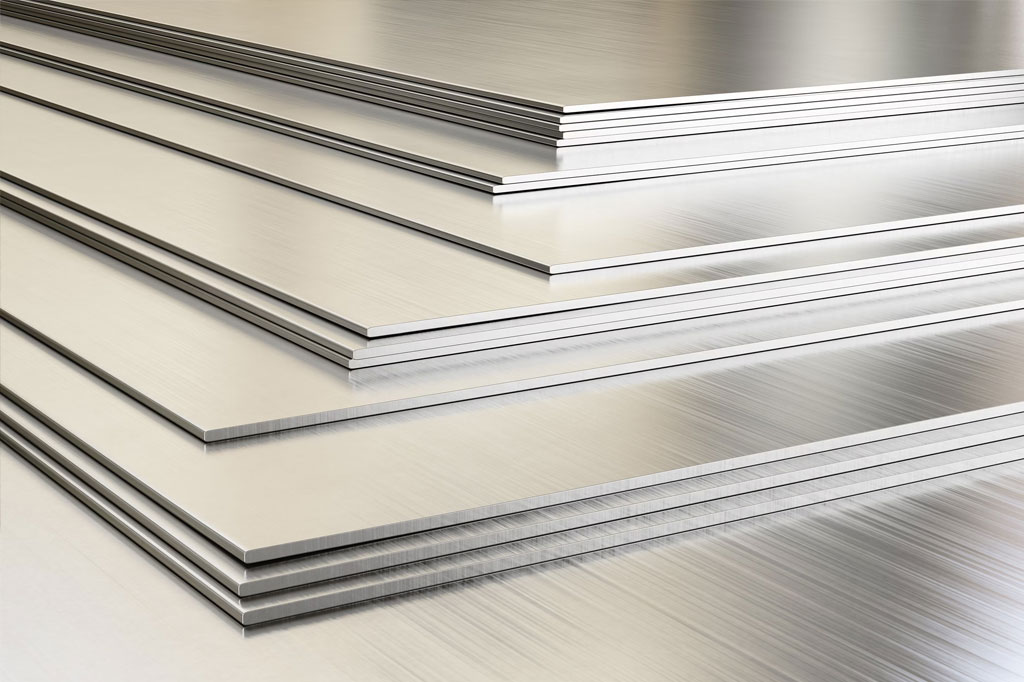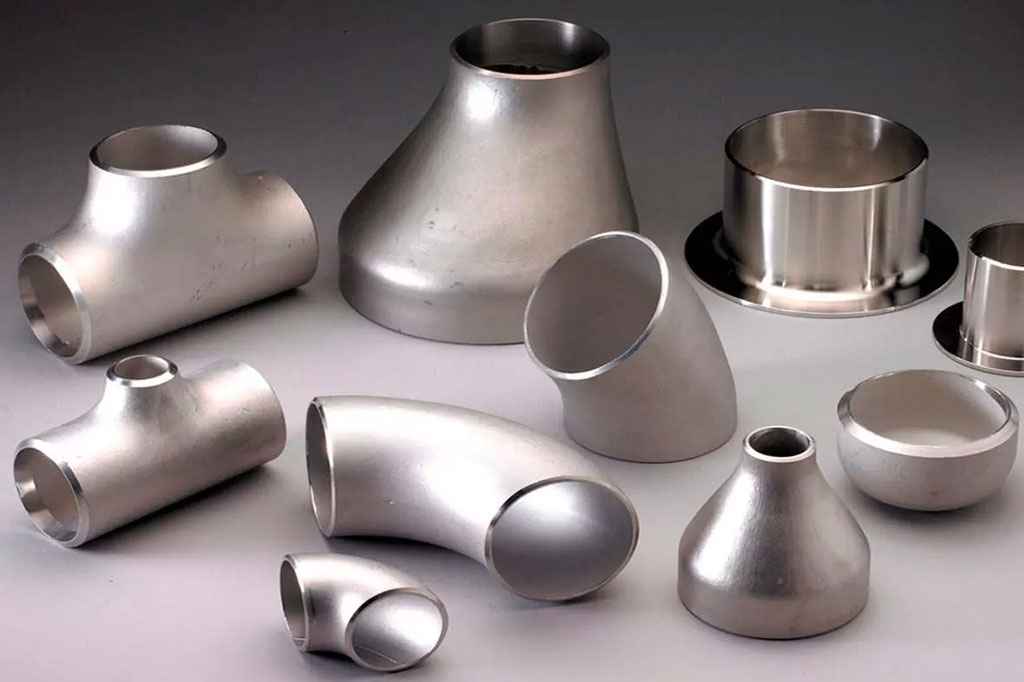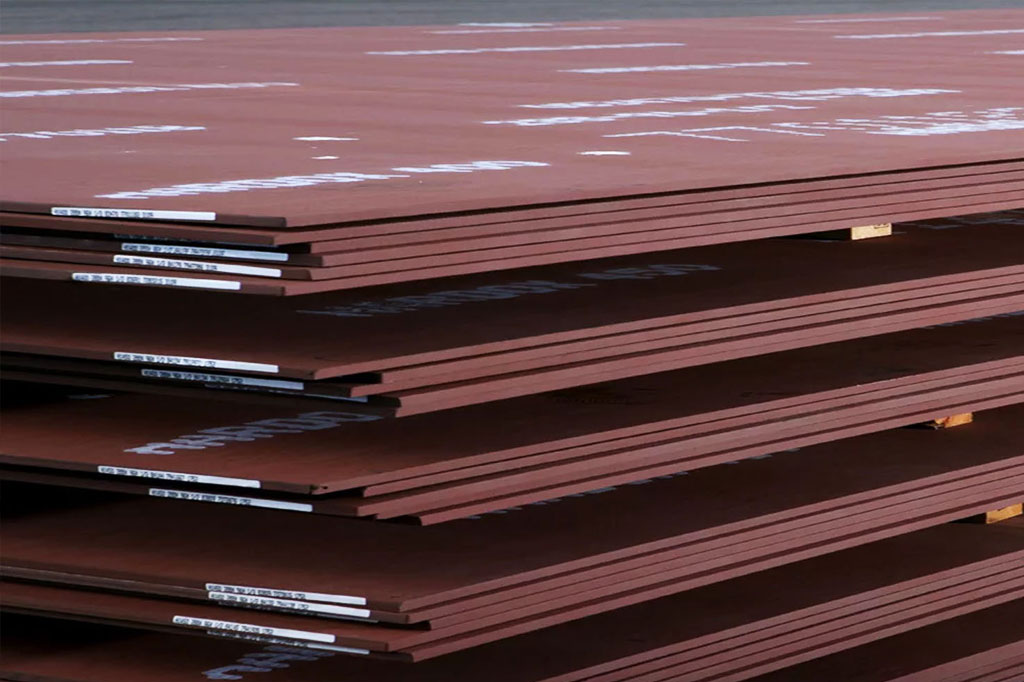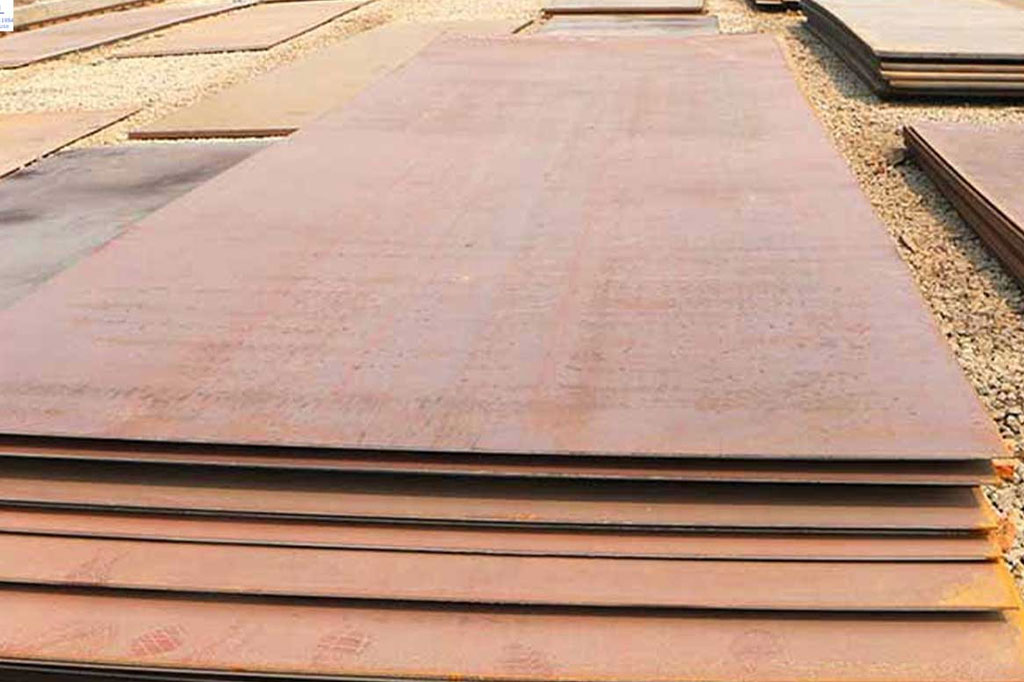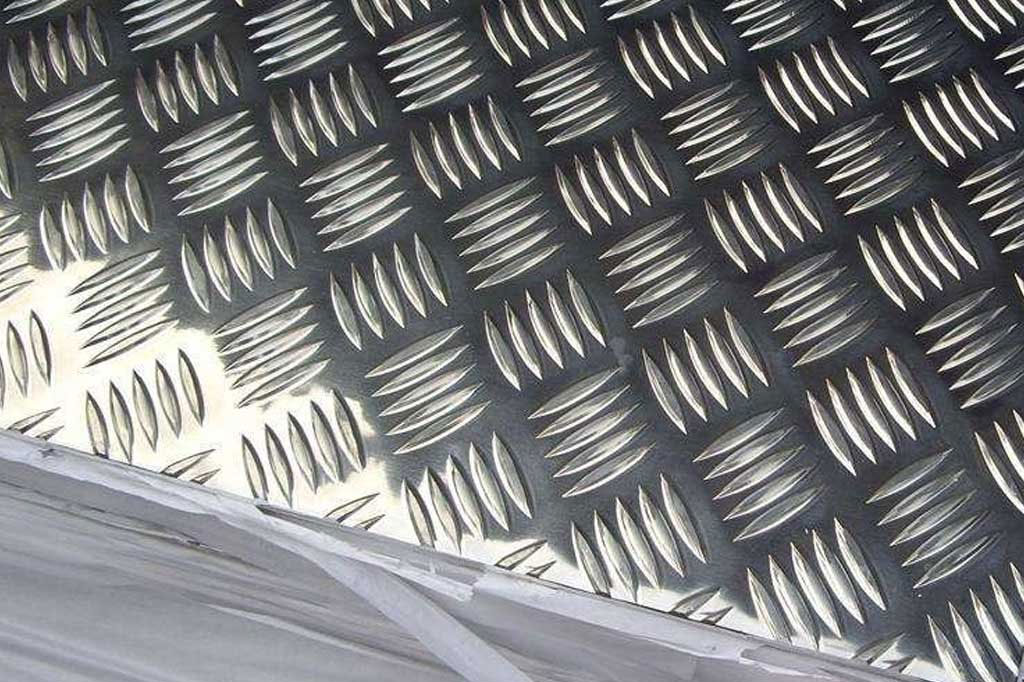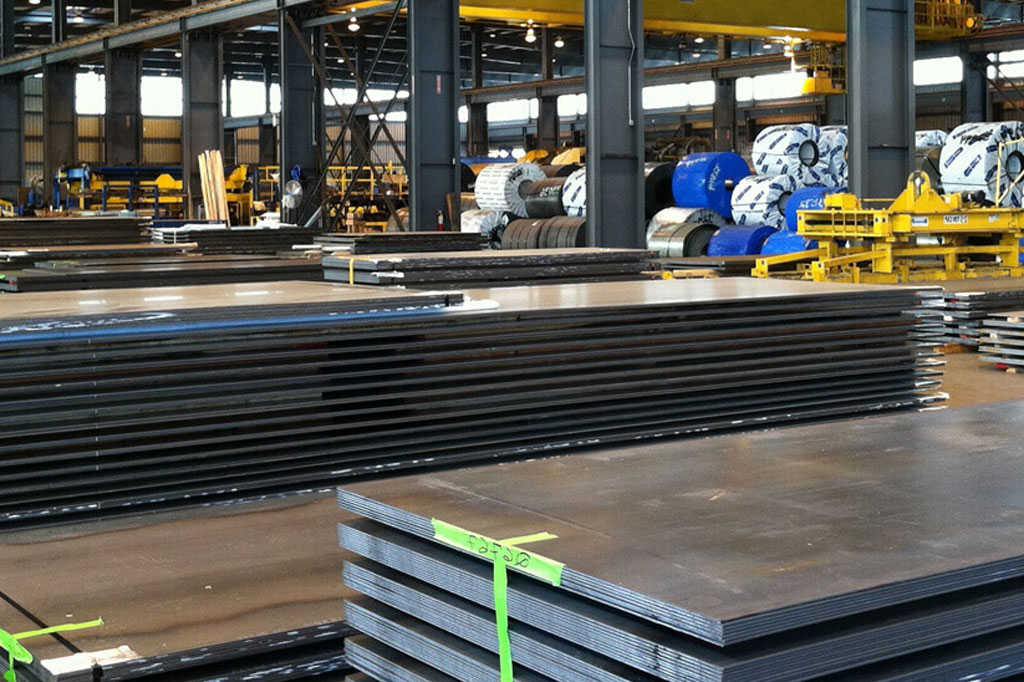
What is Quenched and tempered alloy steel plates
Quenching and tempering are procedures that reinforce materials like steel and other iron-based alloys. These procedures strengthen the alloys through heating the material while instantaneously cooling in water, oil, forced air, or gases such as nitrogen. Quenched and tempered plate is heavy-duty and harder than ordinary carbon steel. The product is used for the manufacture and repair of equipment and structures where better abrasion resistance or higher yield strength are essential.
What is the difference between quenching and tempering alloy steel plates?
Quenching is the procedure of rapid cooling after heat treatment of an alloy steel plate, while tempering is a procedure that encompasses heat treating to increase the durability of iron-based alloys. So, the key difference between quenching and tempering is that quenching is the rapid cooling of an alloy steel plate, while tempering is heat-treating an alloy steel plate.
Additionally, a further difference between quenching and tempering is that we implement quenching to increase resistance to deformation, while tempering can eliminate some of the excessive hardness of steel.
Why is tempering done after quenching?
The reason why tempering is done after metal quenching is because the tempering procedure is designed to stabilize the fragility that can be caused by the quenching process. By using both quenching and tempering to treat alloy steel plates, fabricators can achieve the toughness benefits of quenching and the ductility and durability benefits of tempering. These procedures are used together to attain the best properties possible for alloy steel plates, sheets and materials.
Metal quenching and tempering aren’t used in exactly the same ways every time. Different metal materials and applications need different quenching and tempering protocols to achieve the desired results. Specialized metal treatment experts know how to adjust these procedures to yield the best results for the specified application.
Benefits of Quenched and tempered alloy steel plates
By tempering quenched alloy steel plates, it becomes less fragile and more ductile without sacrificing too much rigidity. It is the combination of these two procedures that produces a harder, tougher steel that’s more weldable and flexible than ordinary carbon steel. While it takes longer to manufacture, the improved strength makes up for the delay. If the alloy steel plates become too hard after quenching, it can be tempered. This includes heating the element again, but to a point far below the temperature reached in the quenching stage – commonly around 540 degrees Celsius. The amount of time the quenched alloy steel plates are tempered is the defining factor to how hardness is removed.
The toughness-factor means greater resistance to wear and abrasion. That is why quenched and tempered alloy steel plates are mostly useful in machinery and structures where greater abrasion resistance and higher yield strength are essential, such as mining, quarrying, earth moving and construction.


